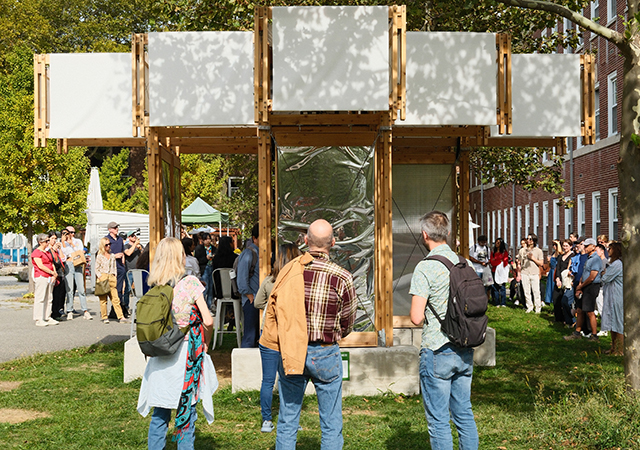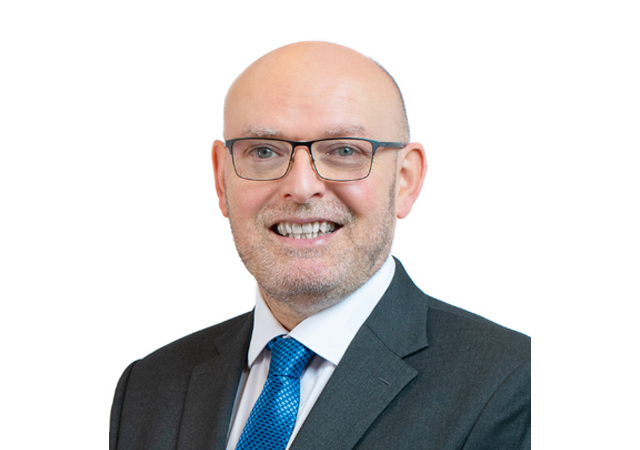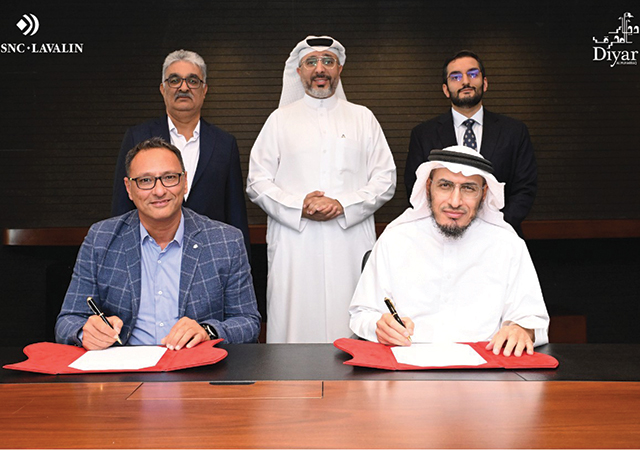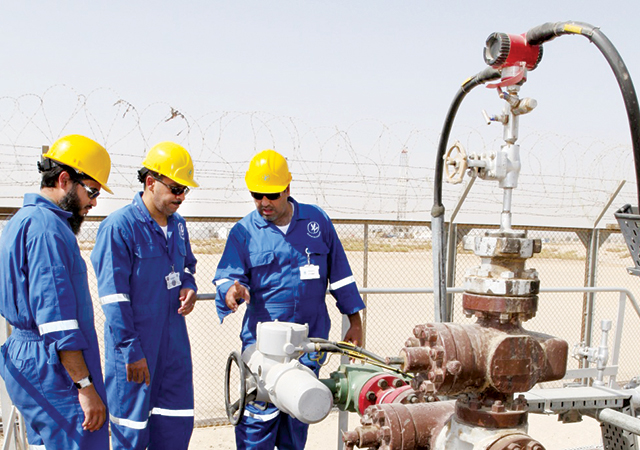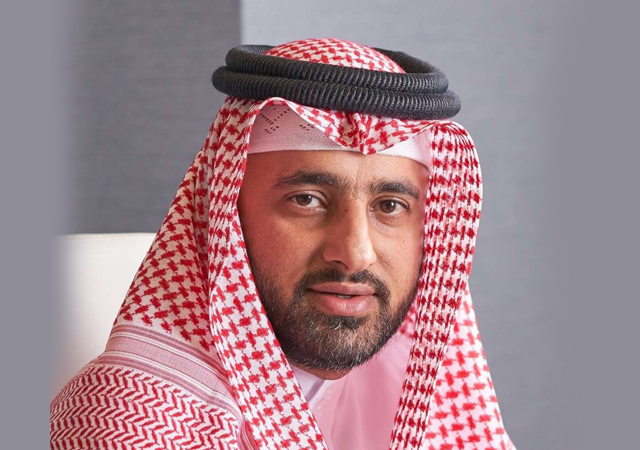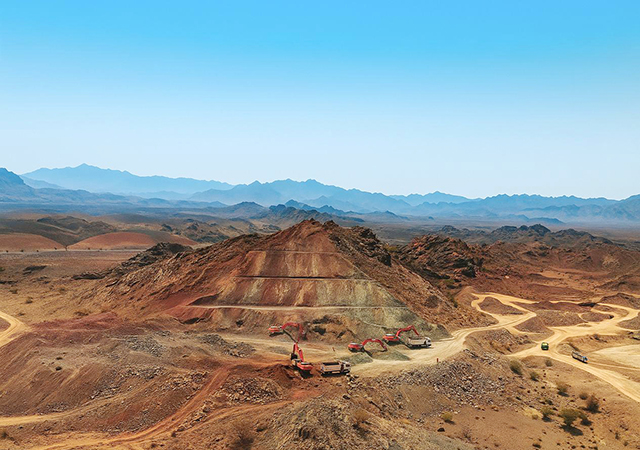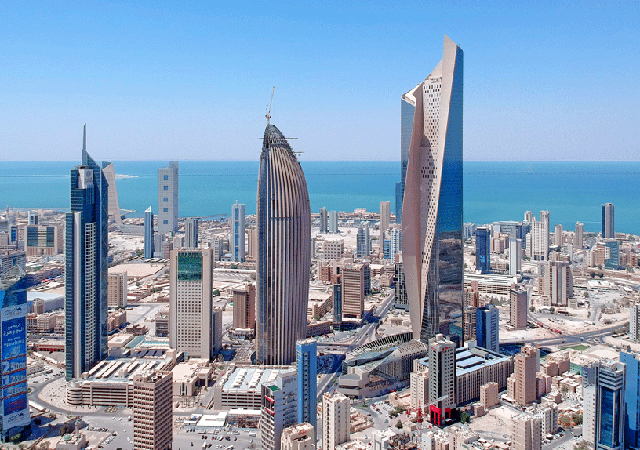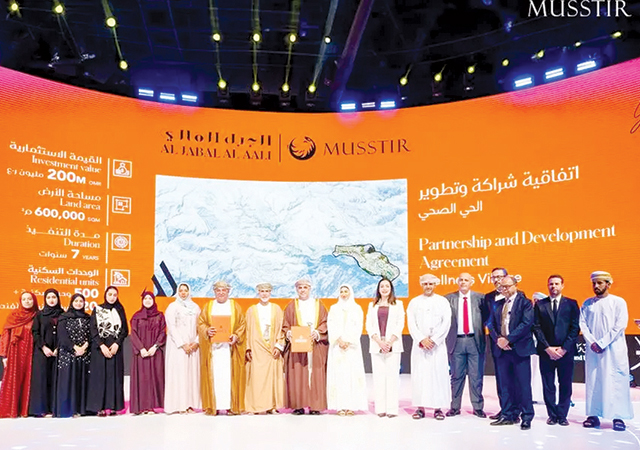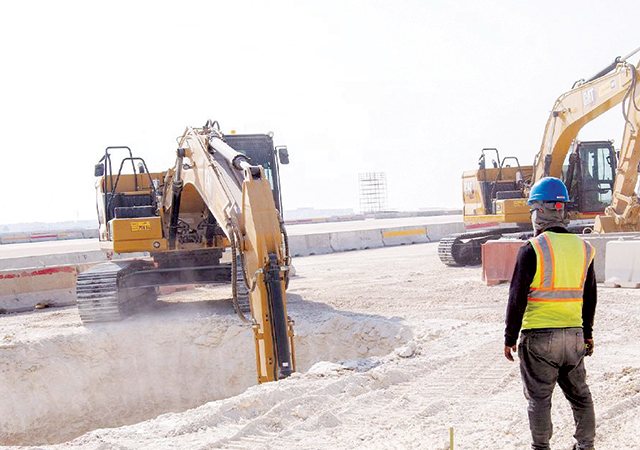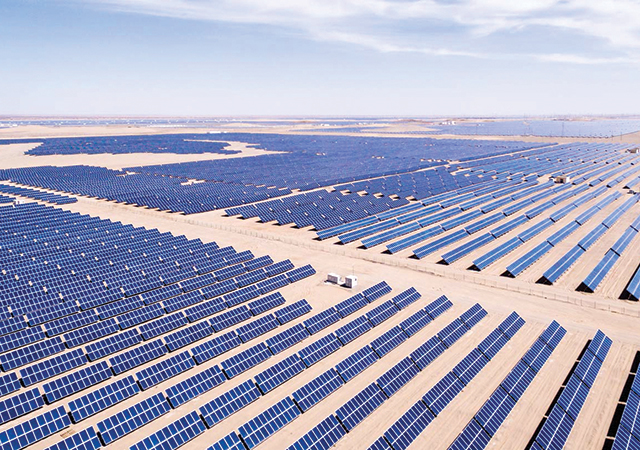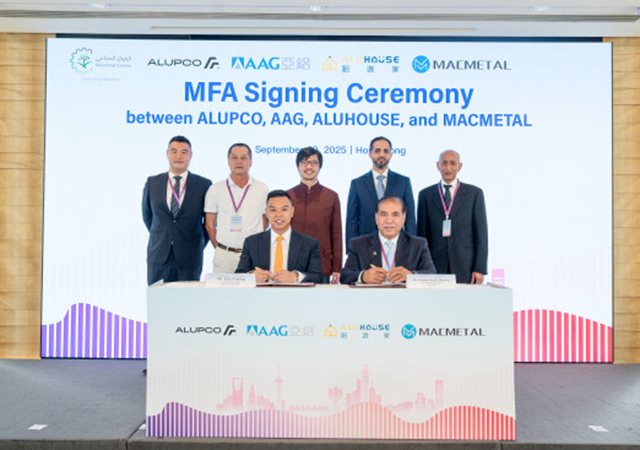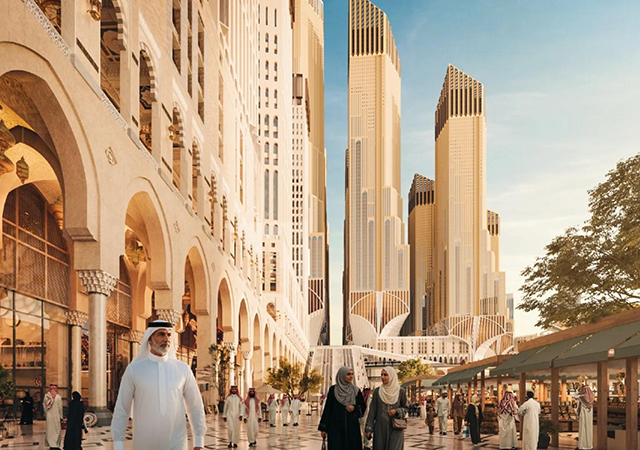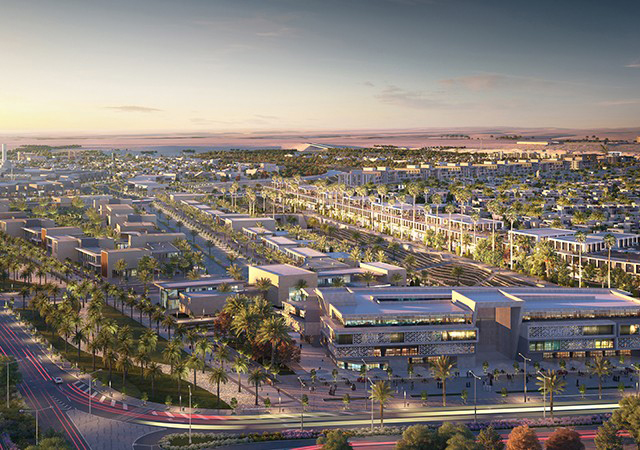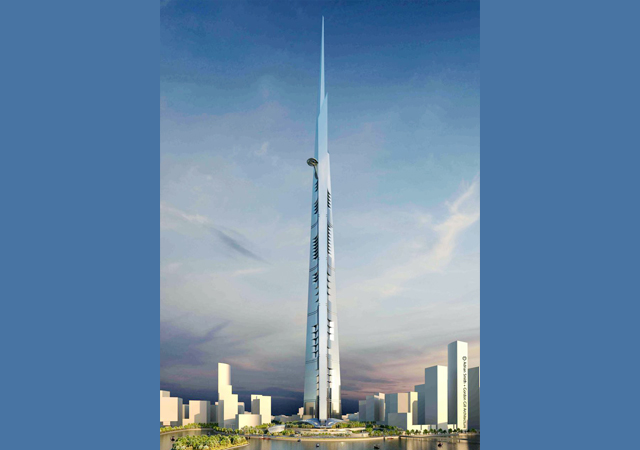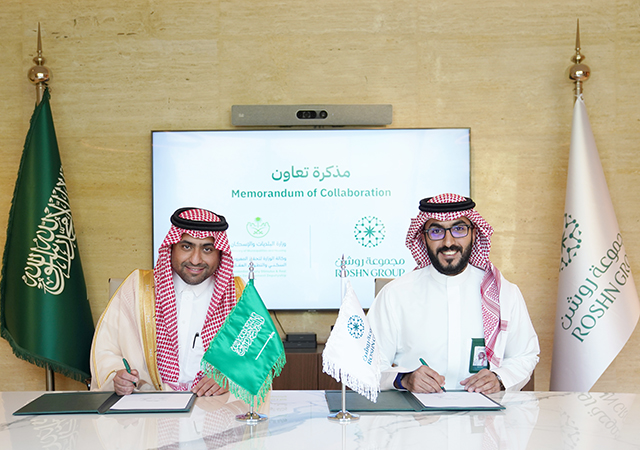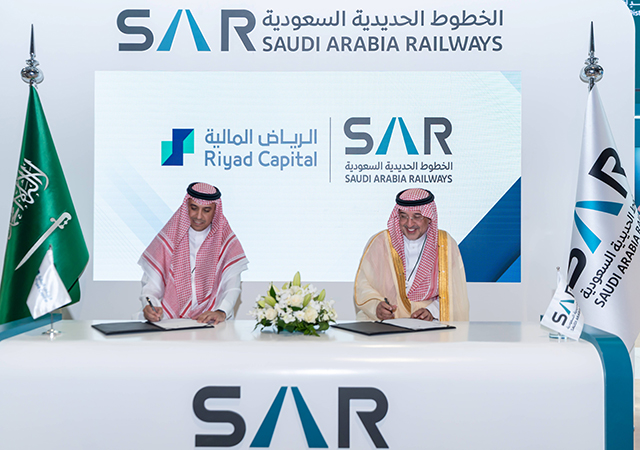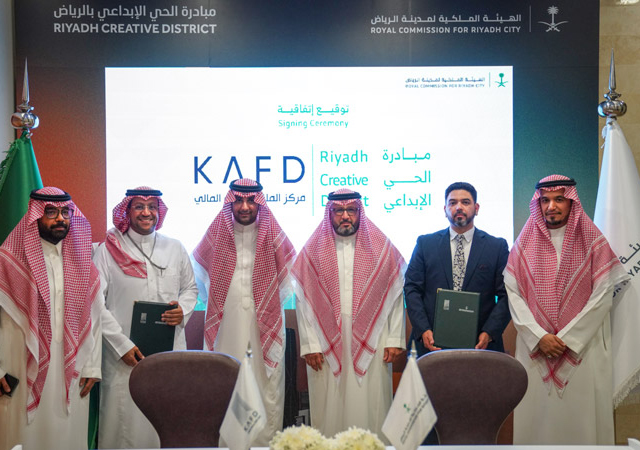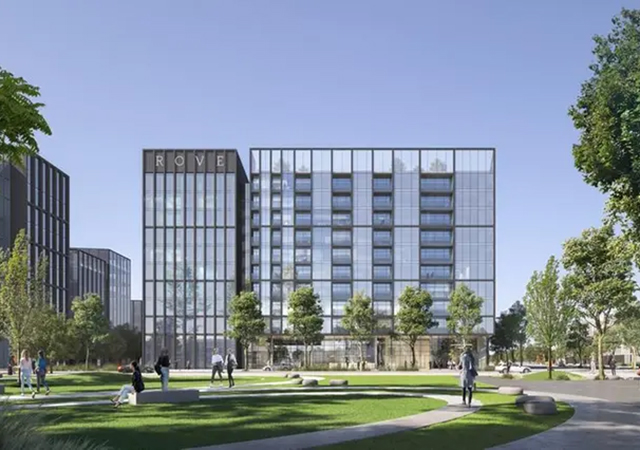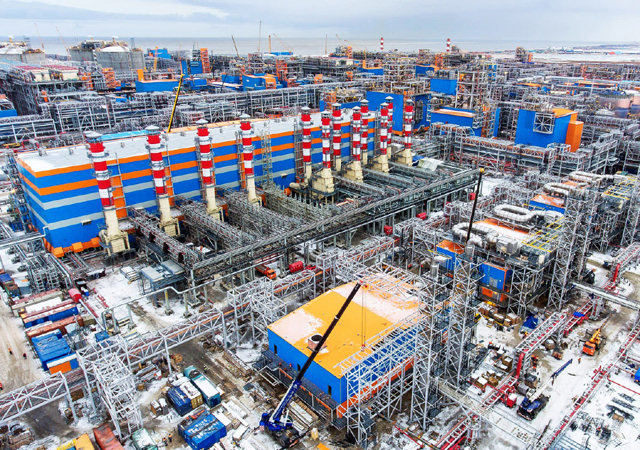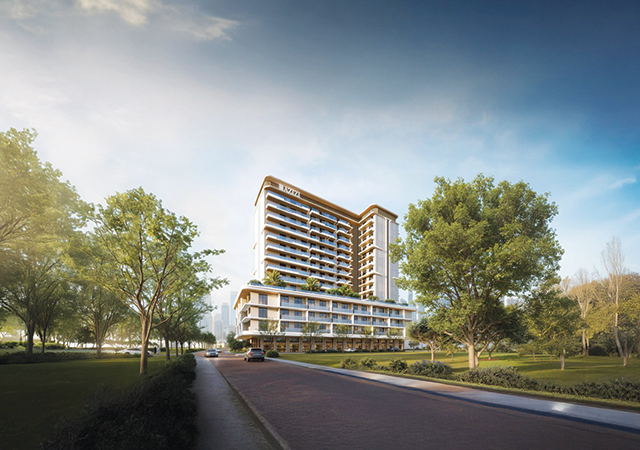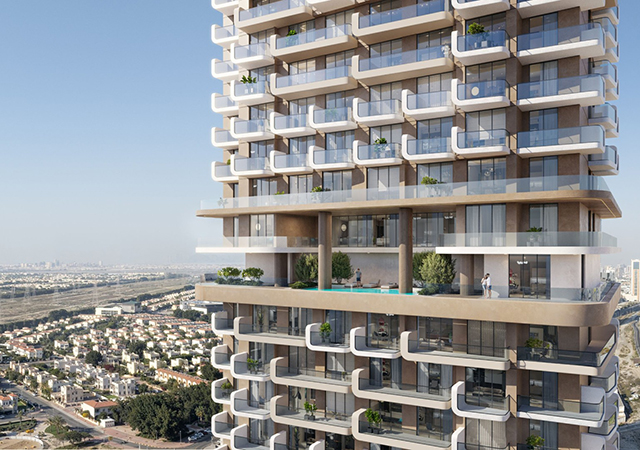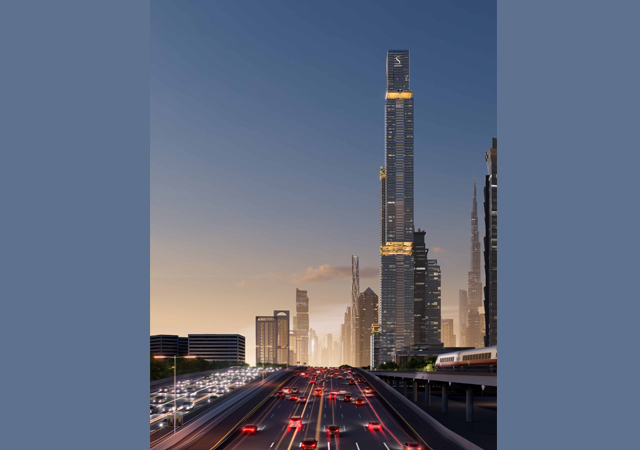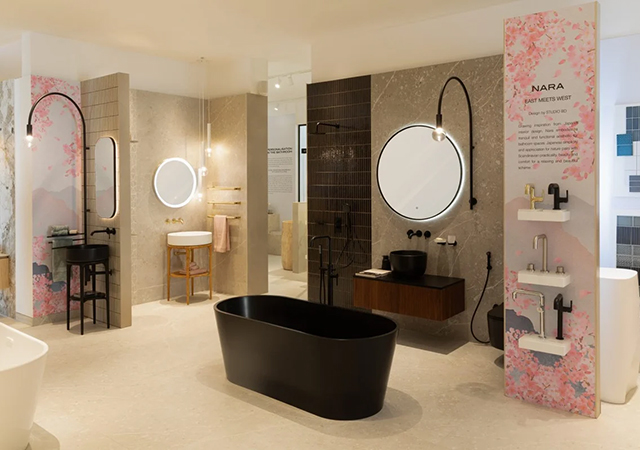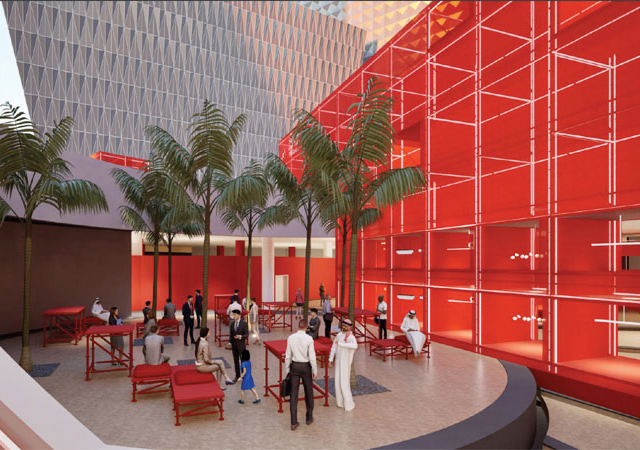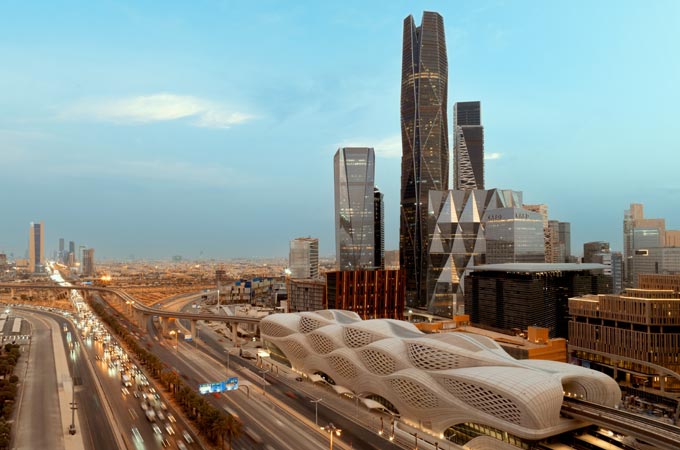 Diversification fuels real estate demand in Riyadh. Image: M Sadoon / Shutterstock.com
Diversification fuels real estate demand in Riyadh. Image: M Sadoon / Shutterstock.com
Saudi Arabia’s real estate market is soaring, fuelled by bold reforms and economic momentum, says a report by CBRE Middle East, a global leader in commercial real estate.
CBRE's Q3 2025 Saudi Arabia Real Estate Market Review, sees a resilient and rapidly evolving landscape driven by robust non-oil economic growth, landmark regulatory reforms, and rising development activity across key sectors.
Saudi Arabia’s real GDP grew by 3.9% year-on-year in Q2, prompting an upward revision of the 2025 forecast to 4.2%, with the non-oil sector now contributing 56% of total GDP. This diversification is fuelling sustained demand across residential, office, retail, hospitality, and industrial markets.
Three major policy interventions in Q3 are set to redefine the Kingdom’s real estate trajectory, the report said. They are:
* New ownership law for non-Saudis: Announced in July and set to take effect in January 2026, this landmark legislation opens the market to foreign investors, supporting Saudi Arabia’s ambition to attract $100 billion in annual FDI by 2030.
* Expanded white land tax (WLT): Initially announced in April 2025, the revised WLT saw its implementation framework detailed in August, introducing a tiered rate structure targeting over 411 million sqm of undeveloped land to encourage development and curb speculation.
* Five-Year Rent Freeze in Riyadh: Effective September, the freeze aims to stabilise costs for residents and businesses, enhancing Riyadh’s appeal as a global business hub.
* Saudi Arabia’s development pipeline remains vast, with $440 billion in committed projects and $1.55 trillion in potential long-term investments. Giga projects like NEOM and Qiddiya City dominate the pipeline, while Riyadh’s Expo 2030 and municipal restructuring signal a strategic push toward urban transformation.
Office sector outperforms
The Office sector continues to outperform, driven by its emergence as a regional business hub. Grade A office rents rose 15% year-on-year, with occupancy rates averaging 98%, reflecting near-zero vacancy rates across a basket of tracked properties. The Regional Headquarters (RHQ) program remains a structural demand driver, with 34 new licenses issued in Q2, bringing the total to 634.
The King Abdullah Financial District (KAFD) is at the heart of this growth, with expansion plans set to double its footprint and accommodate 40,000 daily visitors. Infrastructure upgrades, including the reactivation of the 3.6 km monorail, are reinforcing KAFD’s appeal as a “10-minute city.”
Outside of Riyadh, Jeddah and Dammam have seen more segmented performance. Grade A occupancy in Jeddah currently stands at around 95%, whilst in Dammam’s prime assets hold steady in the high 80s, with Grade B softening to 81%, indicating a flight-to-quality trend. Rising supply in the coming year is expected to test market dynamics even further.
Residential activity remained strong, with 17.9% quarter-on-quarter growth in transaction volumes equating to a total value of SAR 7.7 billion. Riyadh saw apartment prices rise 6.3% y-o-y, and villas 11.6%. In response to escalating rents, the government introduced a five-year rent freeze in Riyadh, aiming to stabilise costs and enhance affordability.
The Retail sector performance was buoyed by stronger consumer spending in year-to-date terms, with sales volumes projected to grow at a 4.4% CAGR through 2027. However, the market has seen only modest rental growth over the past 12 months, underlining the balanced nature of dynamics.
A landmark partnership between Majid Al Futtaim and Diriyah Company will anchor Diriyah Square with VOX Cinemas and seven global brands, reinforcing the shift toward Mixed-Use, pedestrian-first destinations.
Retail pipeline expands
The retail pipeline includes 800,000 sq m of new space, with 100,000 sqm expected by year-end and major projects like Westfield Riyadh (formally known as Jawharat Riyadh), Bellevue Riyadh, and Avenues Mall slated for 2026–2027. Accordingly, the Northern Riyadh area is set to become an established retail corridor for the city.
Saudi Arabia’s Hospitality sector saw a 10% y-o-y increase in RevPAR nationally in August, driven by an 11% rise in occupancy. However, performance varied by city: Riyadh posted a modest 2.7% RevPAR gain, while Jeddah saw a 7.3% decline, reflecting competitive pricing. The sector is localizing, with Adeera Hospitality, backed by PIF, launching three Saudi-born hotel brands—Alia, Sama, and Noor—to operate across Qiddiya City. Tourism surged, with 32 million visitors during the summer season and SAR53.2 billion in spending, up 15% y-o-y, underscoring the sector’s growing contribution to the non-oil economy.
The Industrial sector saw robust expansion, with the Industrial Production Index up 7.1% y-o-y and manufacturing growth at 5.6%. Riyadh’s logistics rents continue to rise, led by districts like Al Faisaliyah and Al Mashael, where rents reached SAR 299/sqm/annum. Jeddah’s Asfan submarket recorded the highest national rent at SAR 350/sqm/annum, despite more moderate growth. The sector is supported by US$ 116 billion in construction-related investment and a surge in industrial licensing and factory openings.
Matthew Green, Head of Research MENA, comments: “Saudi Arabia’s real estate market is currently moving through a major transformation phase, amidst significant regulatory reforms, and sustained strategic investments, creating a dynamic environment for investors, developers, and occupiers alike.” - TradeArabia News Service





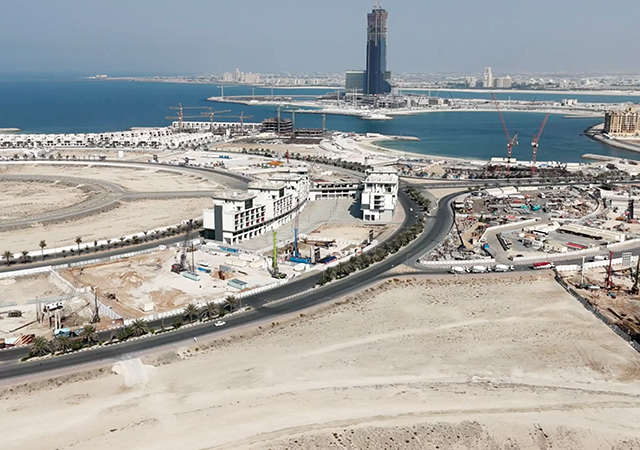
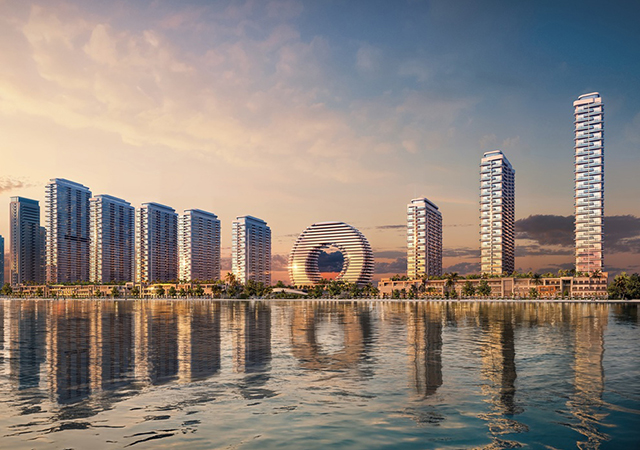



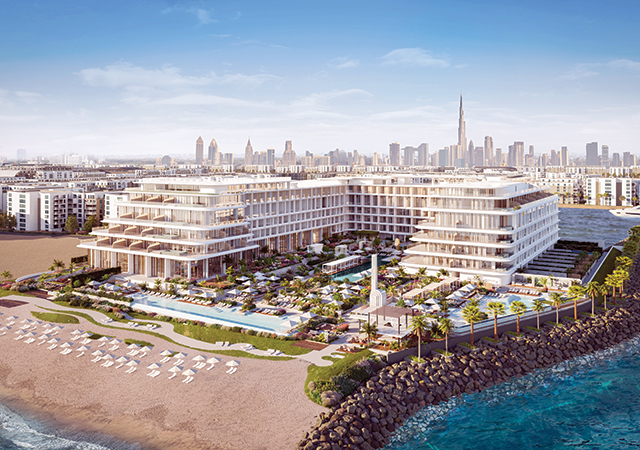


(5).jpg)
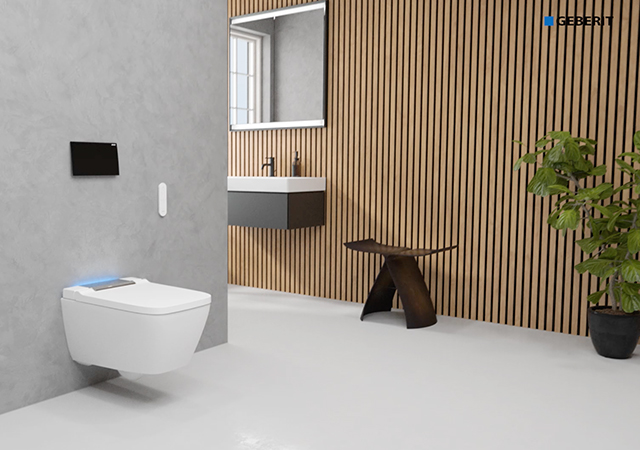
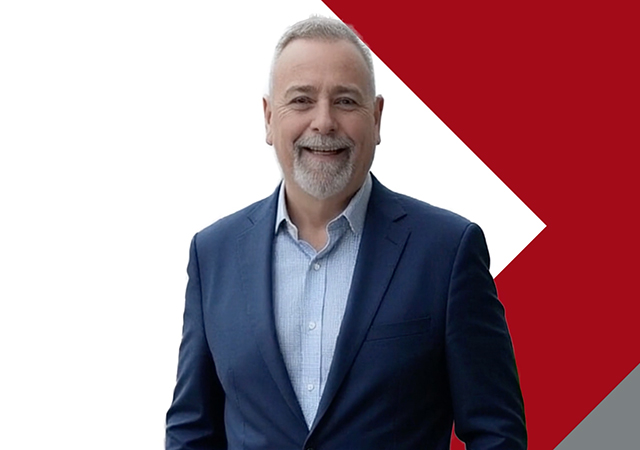
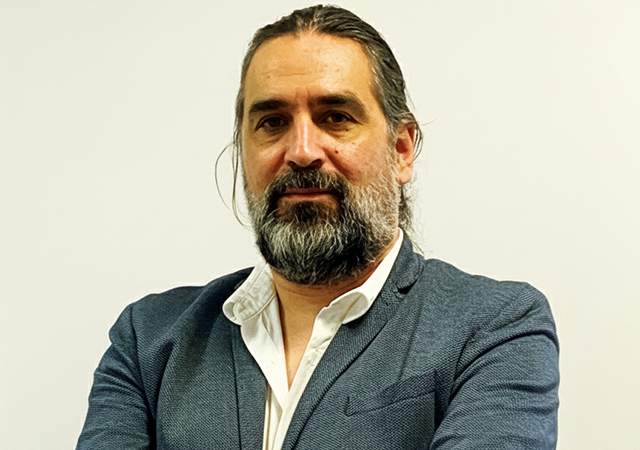
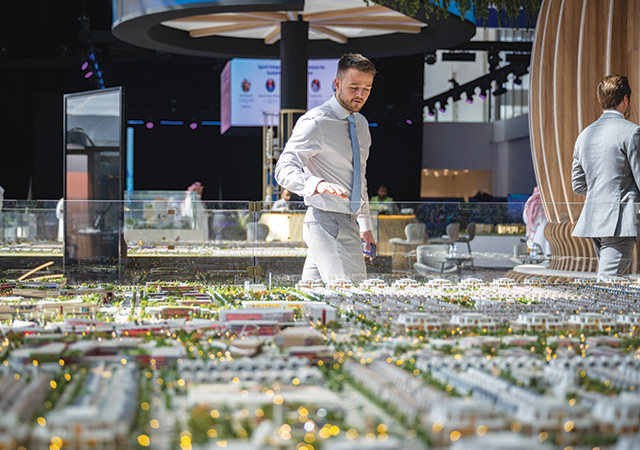
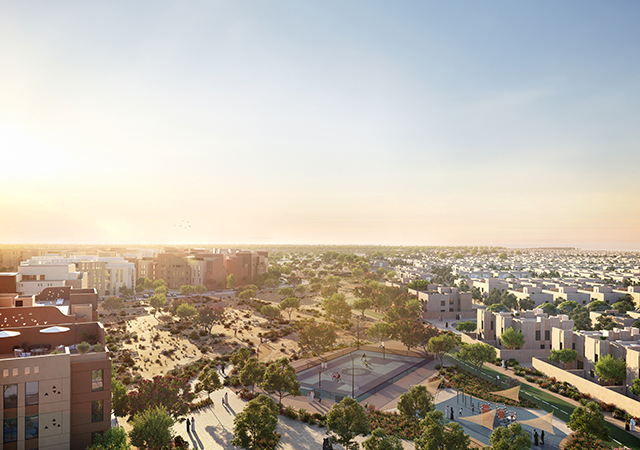
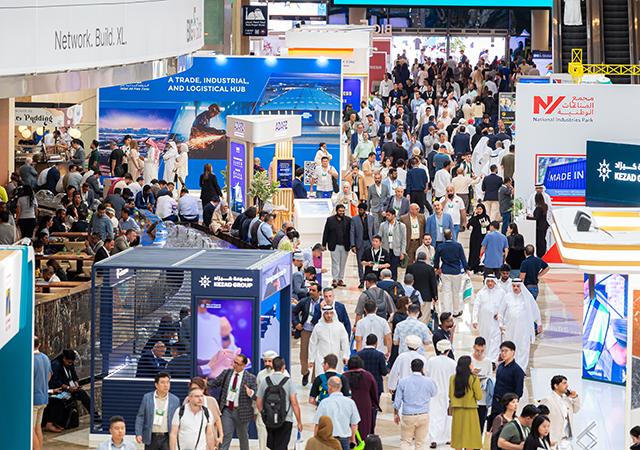
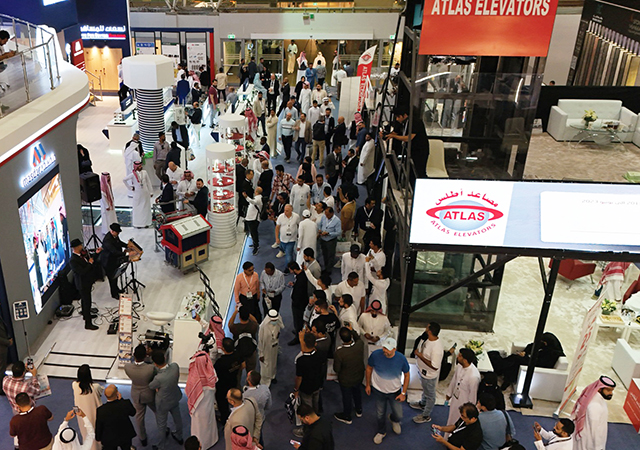
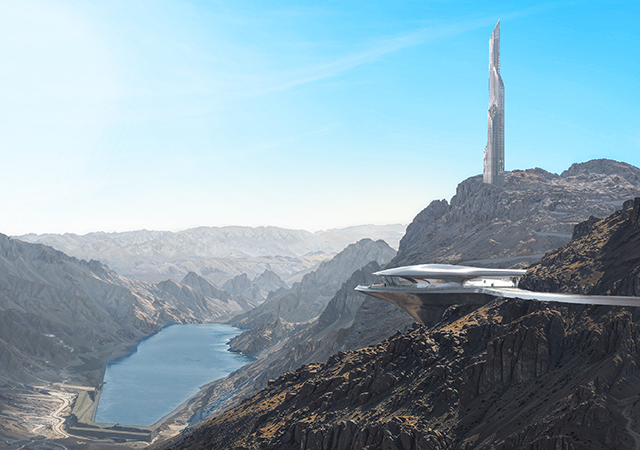
.jpg)







